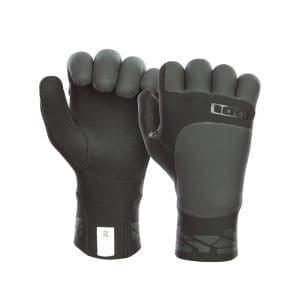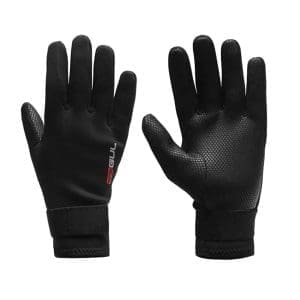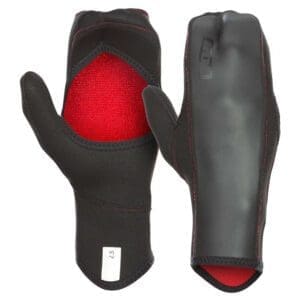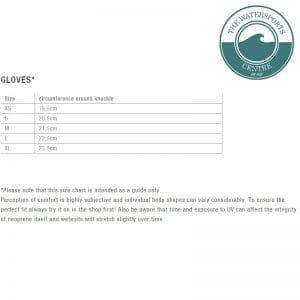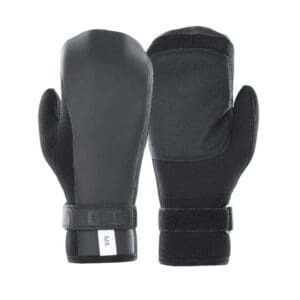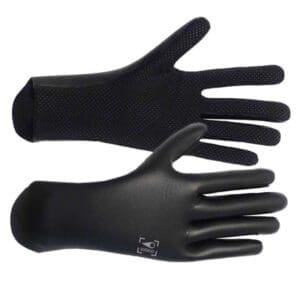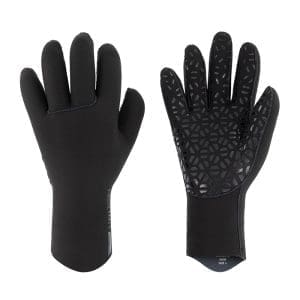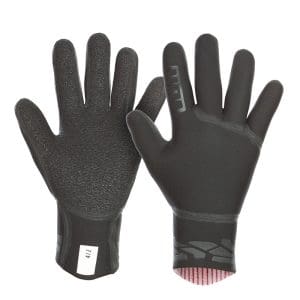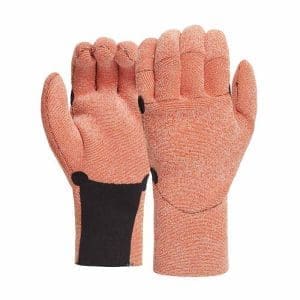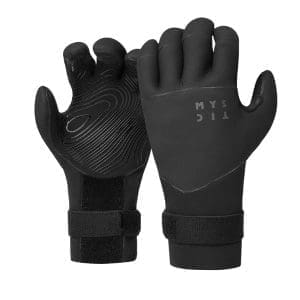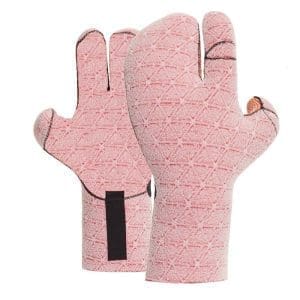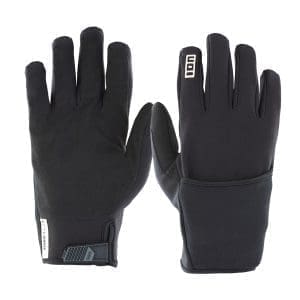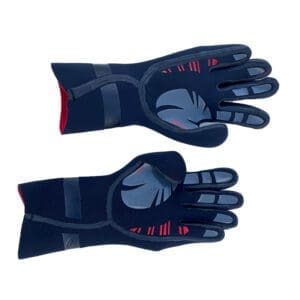Choosing A Pair Of Wetsuit Gloves [2024]
How to choose a pair of wetsuit gloves
When choosing a pair of wetsuit gloves there are a few different factors to take into consideration to make sure that you’re getting the ideal pair for what you want to be doing on, in and around the water. Whether you’re looking for your first ever pair or you’re a seasoned glove wearer it is easy to overlook the different things that make up the perfect pair of wetsuit gloves. Below we are going to give you a list of important factors and the different things you should look at including; the best type for you, how to use them with your perfect wetsuit or your perfect wetstuit boots, how tight they should fit and most importantly, how to take care of them.
What are the different types of wetsuit gloves?
Whether you’re looking for mens or women’s wetsuit gloves there are two things to take into account. The first is what sport or sports you are doing and then there is your own personal preference on fingered wetsuit gloves or mittens. If possible we would definitely recommend trying out different pairs and deciding which type feels best to you and will do what you want them to do. However if trying them on is not possible or you’re looking for some further information, then the different types of gloves can be broken into two main categories of fingered or mitten styles but there is also now a Hybrid option from ION called, The Hybrid! We will cover the thickness of the wetsuit gloves separately.
The Fingered Glove
These are what you may well already understand to be the “normal” type of glove. A couple of choices include the ION Neo Glove which is available as a 2/1mm or 4/2mm glove. However there are options of a standard fingered glove or a split “lobster style” glove where there is a split between the index and middle finger leaving the little, ring and middle finger in one section and the index finger and thumb separate. Now these feel totally different to a regular fingered glove or full mitten and can take some getting used to. These tend to be deep winter/cold water wetsuit gloves and most brands make them in 5mm neoprene.
There are also options on pre shaped or “pre curved” vs straight fingered wetsuit gloves. Examples of the pre curved glove include the ION Claw Glove and the Mystic Pre Curved Glove. Both of those are 3mm gloves and there is also the much thicker versions in the 5mm range too.
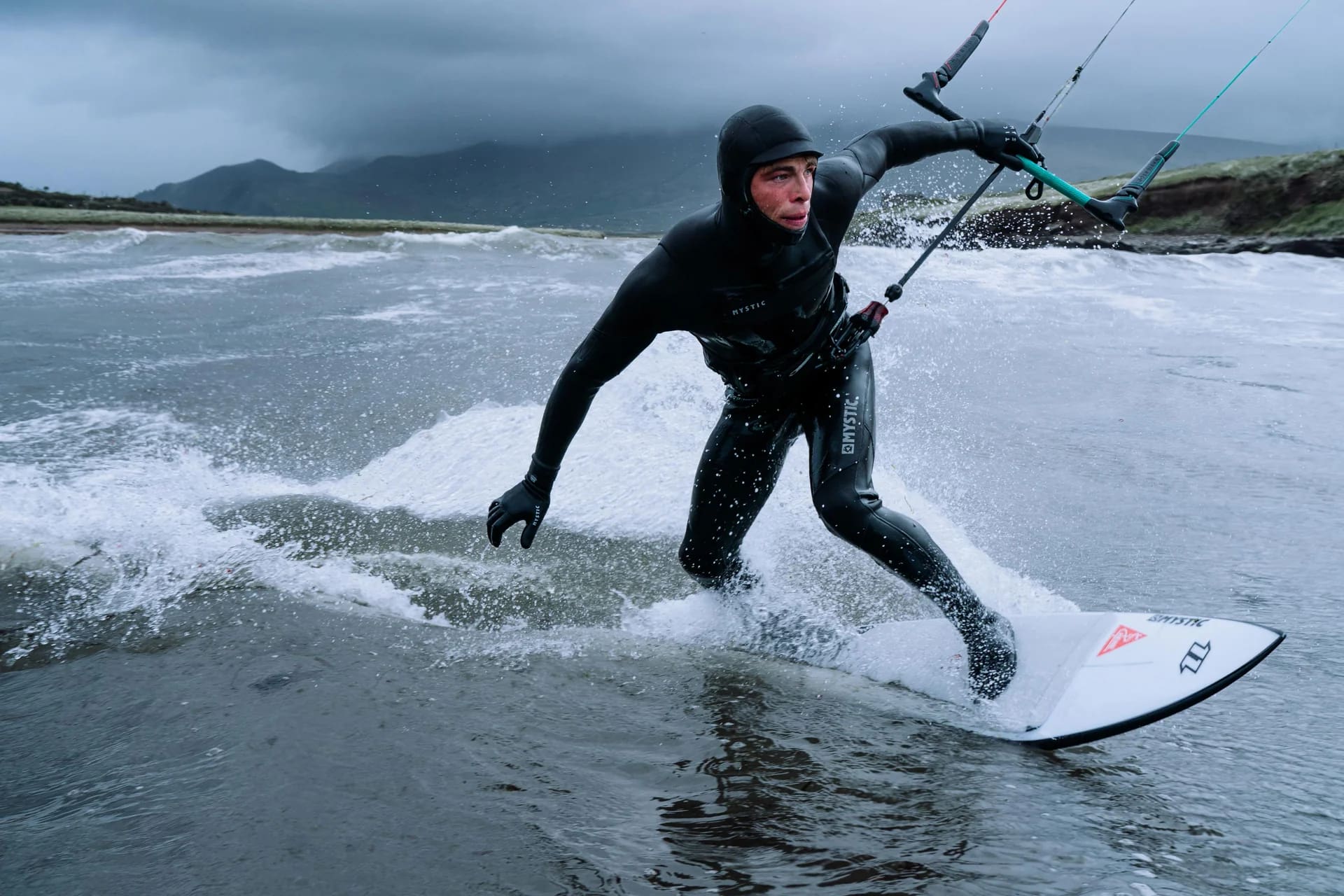
The Mitten Glove
The mitten has your four fingers covered in the same “pouch” and a separate thumb. We quite like the ION Arctic Mitten and they feature a nice grippy palm and a Velcro wrist closure. You may hear some mitten glove wearers say that having each finger being able to touch the ones next to them makes a mitten warmer than a fingered glove from your fingers staying warm through conduction. However, with mittens there is also an option for having an open palm such as the ION Open Palm Mitten and the Mystic Open Palm mitten – here warmth is wholly traded for feel.
The Hybrid Glove
New on the market for 2024 is the ION Hybrid Glove. These have a regular fingered glove made from 1mm neoprene with a mitten back cover made of 2.5mm neoprene for extra warmth and windchill protection. The intention is that in the trade off for feel over warmth, that warmth is gained back with the mitten cover. Designed to give the best of both worlds from the fingered glove and the mitten. Therefore a Hybrid glove should allow you to rig and ride your kit whatever kit that is and then once ready to go, pull over the mitten to keep warm.
Choosing the best thickness for wetsuit gloves
With gloves typically coming in up to seven different thicknesses from 1mm to 7mm, the choice can be a bit baffling. The things to consider are just how cold the conditions are that you are going out in the water in and the trade off on feel and dexterity you’ll experience with thicker gloves. You will have seen already that we have referred to gloves with around 6mm neoprene but there are also some very thin materials available, such as the Sooruz Thin Glove where with these gloves the trade off is very much for feel over warmth.
Making the choice on thickness comes down to 2 things
Temperature
The temperature of the water you’ll be using your wetsuit gloves in is going to be the main factor in deciding which pair is right for you, typically if the water is going to be above 10˚C (50˚F) then 3mm or 4mm will be more than enough and will give you the best feel overall. At temperatures lower than 10˚C (50˚F) we would recommend selecting the thicker 5mm and above neoprene to keep you comfy and allow you to focus on your activity. The only thing we would say here is that with most gloves, they have a fleece style lining similar to those inside wetsuits which are designed to provide extra warmth.
Your Preference: Warmth/Dexterity Trade-off
Not everyone is the same and although there are rough guides for which thickness is the perfect thickness for each environment, it ultimately comes down to how you feel in them. If you’re someone who suffers when your hands get cold then you may want to select the warmest (thickest) and on the flip side if you’d prefer to sacrifice a little bit of warmth for extra manoeuvrability and dexterity then a less thick glove may be for you!
How to pick the right glove size
The various wetsuit brands use different sizings when creating their gloves BUT each brand also offers a guide to their sizing. We put those up on our “Size Guides” for the different wetsuit gloves we sell. So, some brands use the measurement across the palm of the hand at the widest point. Some measure the full circumference around the palm at the knuckles and some measure from the tip of the middle finger to the nape of the wrist. So with all this in mind, it is definitely worth trying gloves on if you can and if that isn’t possible then checking the size guide and checking your own measurement makes a lot of sense before making the jump and making a purchase.
One important thing to remember that water will try to fill into any air gap in your gloves when submerged so when testing the feel of your wetsuit gloves of course you will want them to be a tight fit and where there is a wrist strap that those work well. But at the same time you will need to make sure that you don’t have gloves that are too tight either. The last thing you want is to pick a pair that are too tight and be forced to call it a day early because your hands become uncomfortable and you start getting hand cramp.
The correct way to wear your gloves
You will always have put your wetsuit on already before putting your wetsuit gloves on, much as you do with your wetsuit boots. Once you have pulled your gloves on you have the option to tuck the wrist section under the sleeves of your wetsuit OR to pull the wrists of the gloves over the top of your suit. Pulling the gloves over your suit will tend to reduce the chances of water getting up your sleeves but can add to the chance of water getting into your gloves ! Where you choose glove with a Velcro or other wrist closure you will want to tighten those down over the glove and the sleeve of your suit.
Now after all that we have said above, here are a few sweeping and very generalised comments about what activities people wear wetsuit gloves for and what they may expect to get out of using wetsuit gloves in their sport.
Choosing a pair of wetsuit gloves for your watersport
Surfers in winter
Having got suited, grabbed their board, strapped on their board leash and are about to head to the water, they will pull on their gloves and other than handling their board down the beach and then paddling, a thick pair of straight fingered wetsuit gloves, lobster style wetsuit gloves or even mitten wetsuit gloves will all be fine as dexterity and feel is not a factor. Some might go as far as saying that the “paddle” effect of mittens aids paddling, we think they may be right! Oh and the Hybrid? Maybe not.

Kitesurfers in winter
Having got suited and grabbed their kit, they have to set up their kite with their bar & lines. If it is absolutely ridiculously freezing cold then you might see one of our team wearing some fingered wetsuit gloves whilst rigging but that would be very rare. More likely we will rig and only put on gloves before hooking in for a launch. And our glove of choice is? A claw / pre curved glove so that you don’t suffer hand cramps to the palms of your hands and fingers when using your kite bar. Here we do have to make the second mention of the (ION) Hybrid glove where because the fingered section is only 1mm thick, the glove does give enough dexterity to be able to rig lines, those are a definite option. The trade off will be warmth over feel, even though things will feel warmer when the mitten is pulled over the fingers. See below for what we do about gloves if we wing foil or windsurf.
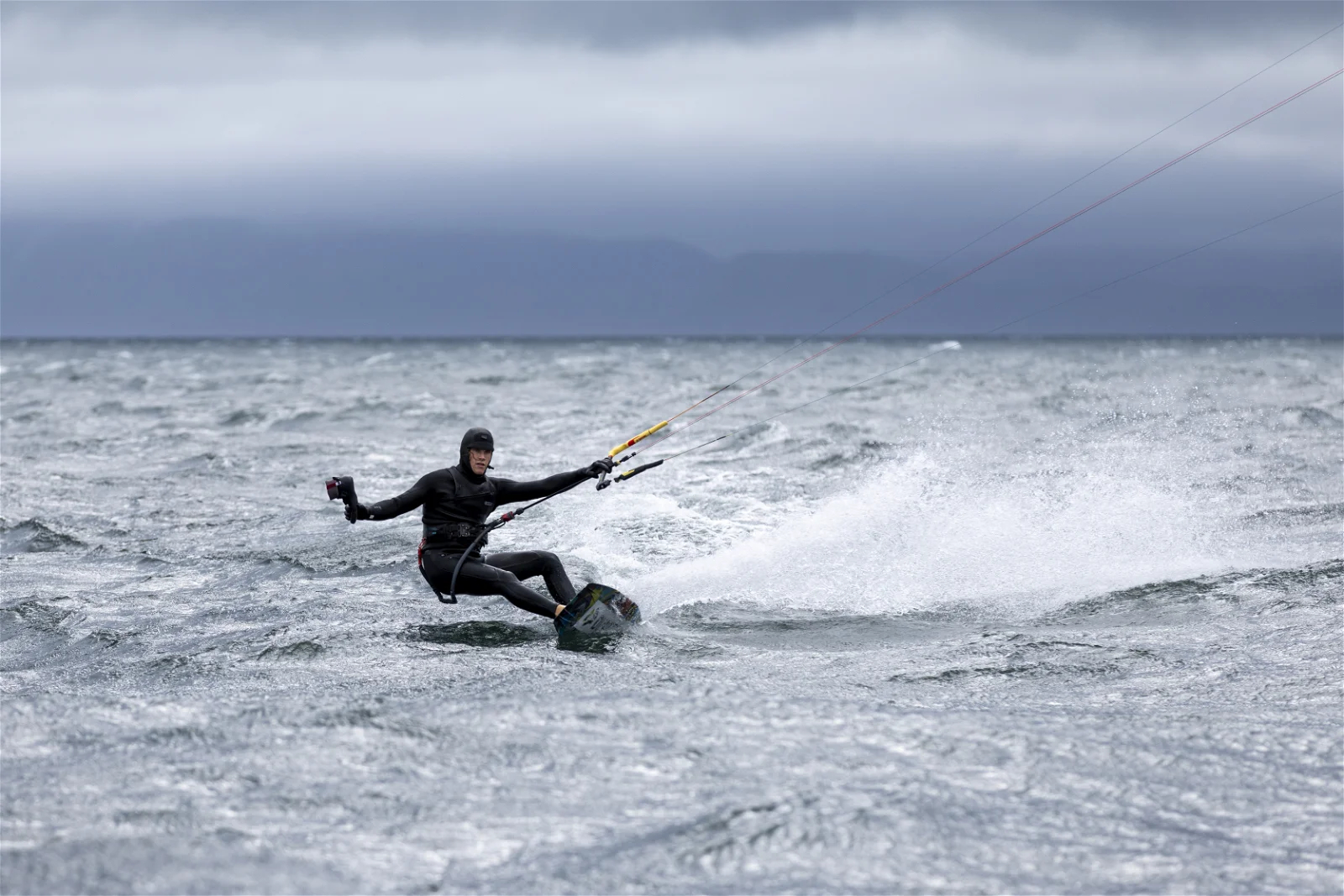
Wing Foilers in winter
Having got suited and grabbed their kit, other than fiddling with a leash attachment, wing foilers can get their board and foil set up, wing out of its bag and pumped all whilst wearing fingered gloves but not crazy thick ones. Here is our first mention of open palm mittens which will allow for some windchill protection when setting up and once out into the water the mitt can be pulled over the tops/tips of the fingers. This allows plenty of feel but other than some windchill protection to the back of the hand, pretty much nothing else for warmth. And again, our glove of choice is? Whilst we will see alot of fellow foilers using both open palm and closed mittens, we go again for a claw / pre curved glove so that you don’t suffer hand cramps to the palms of your hands and fingers when handling your handles (hand or soft) or boom. See above and below for what we do when we surf or kitesurf.

Windsurfers in winter
Now here we know (and yes it may apply to some wing foilers as well) a few windsurfers still like to rig before getting suited in which case being in your coat/hat/scarf, keeping your hands warm is easier when setting up. But either way, once suited and ready to go, you will see all glove types from open palm or closed mittens, to straight fingered gloves, lobster gloves and even some sailing gloves being used. The similarities with kitesurfing and wing foiling mean that claw/pre curved gloves give benefits against hand cramping.
Stand up Paddle boarders in winter
Just like other water users, having got suited, grabbed their board, (and inflated it if it is inflatable), strapped on their board leash, grabbed their paddle are about to head to the water, they will generally then look to pull on their gloves. Unlike surfers handling their boards onto the water, they are curving their hands over the pommel and around the shaft of their paddles so a claw/pre curved glove comes into its own. Whilst a choice of a fibreglass or carbon paddle is an upgrade in weight saving in a paddle, the shafts of such paddles are so much warmer to hold onto and use than an alloy paddle. You will be very unlikely to see an open palm mitten being worn by a paddle boarder! Oh and the Hybrid? Well maybe yes those would be an option.
How to properly care for your wetsuit gloves
Now you’ve picked the perfect pair of gloves (or if you are a multi sport enthusiast and have more than one pair or type) you will want to look after them. So here is our advice on caring for your gloves.
Putting them on
When putting your gloves, the best technique is to roll down the wrist section a little bit allowing you to hold onto the rolled section whilst sliding your other hand in.
Taking them off
When removing your gloves, as tempting as it may be, you do need to avoid yanking at them or worse using your teeth to pull them off. Just like putting them on the best way to remove them is to roll open the glove at the wrist and then peel them off inside out.
How to dry your gloves
Properly drying your gloves is essential and luckily it’s easy to do. The first thing to do which may not seem obvious is to get them rinsed out in cold/luke warm fresh water and then to hang them upside down allowing water to drip down and out. The second thing which can really speed up the drying of your wetsuit gloves is to place something inside them which will hold them open and allow air to circulate throughout the drying process drying them quicker and helping to prevent getting a “damp smell”.
Washing wetsuit gloves
IF your gloves are starting to smell or look a little worse for wear a nice quick wash every now and then can make a world of difference. Use a light detergent such as wetsuit shampoo or even a baby shampoo and wash them inside and out (you can use a light bristled brush if needed) then let them air out as mentioned above.
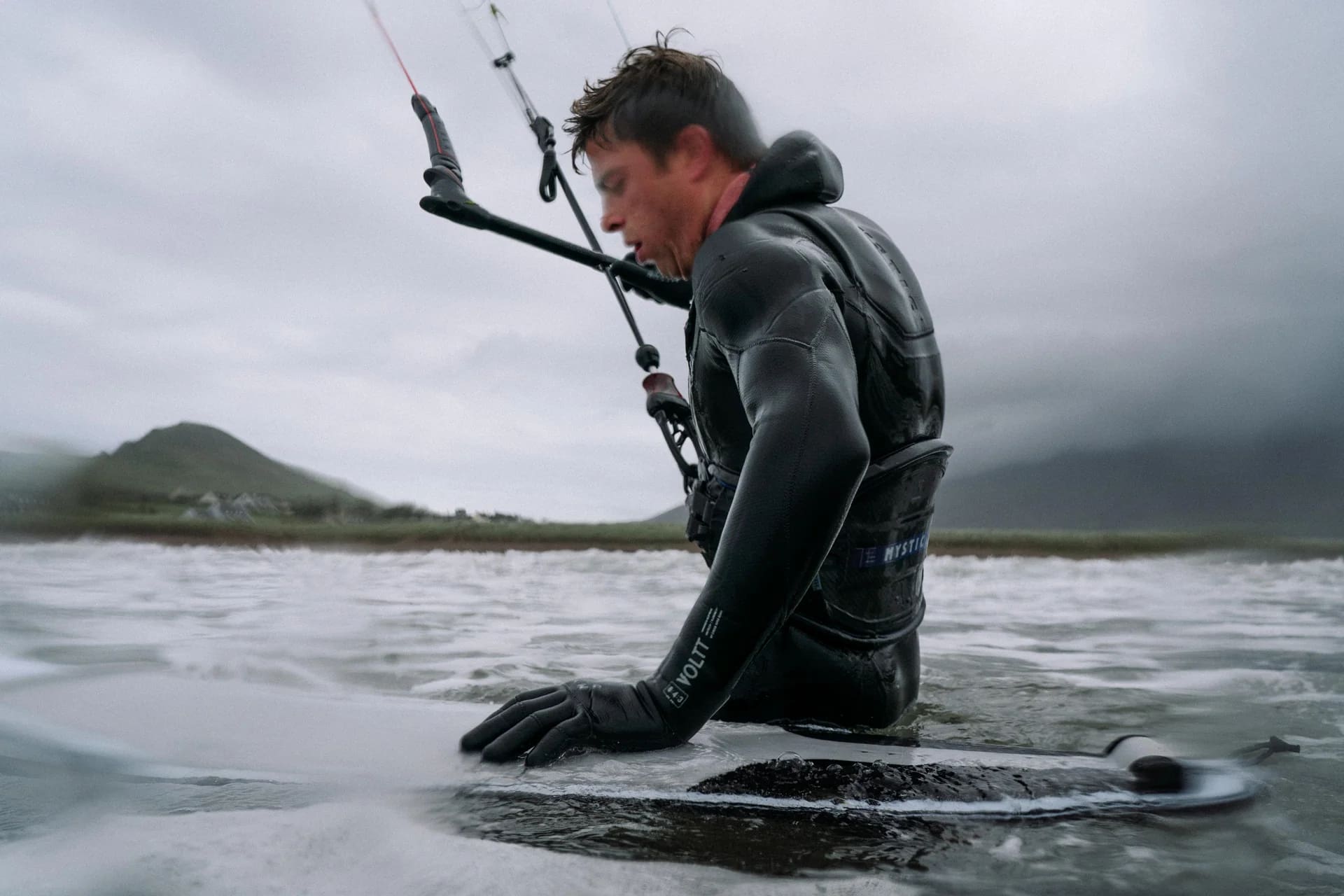
Choosing a pair of wetsuit gloves
Hopefully this guide has helped you in your journey on choosing a pair of wetsuit gloves, however if you’re still unsure you can take a look at our range of wetsuit gloves to help you make the right choice.






